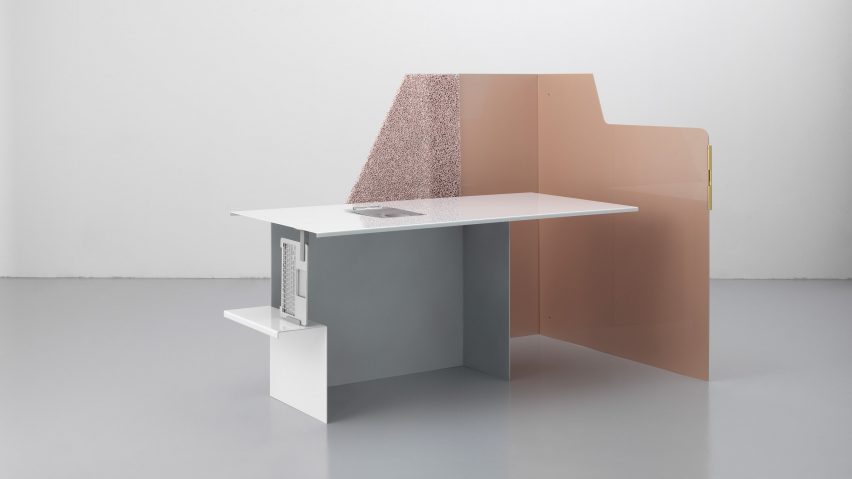
Five materials that could help us design a more sustainable future
Designer Seetal Solanki has released a book exploring natural and manmade materials that could be used to reduce human impact on the planet. In a Dezeen exclusive, she picks out five of the most innovative examples.
Solanki, founder of research studio Ma-tt-er, identifies 34 eco-friendly materials in Why Materials Matter: Responsible Design For A Better World.
She presents them alongside examples from designers, artists and scientists that show how they could be used in design, as alternatives to materials from unsustainable industries, such as plastic or leather.
Here, she reveals the five materials she thinks offer the most potential to designers:
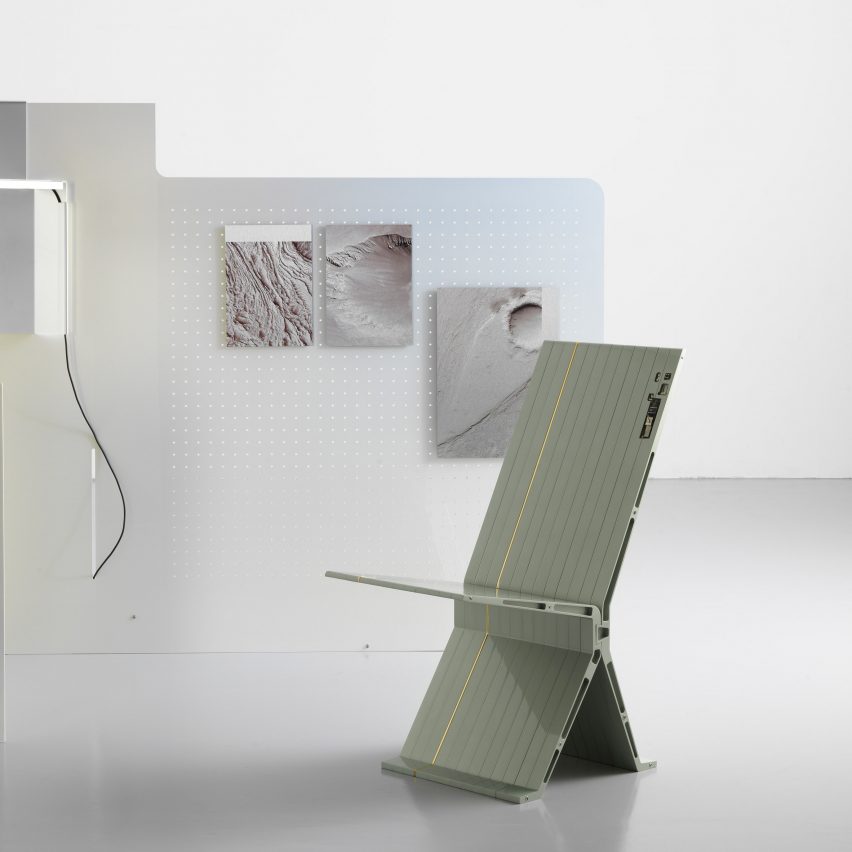
Recycled gold
The jewellery industry has been recycling gold for centuries, but Formafantasma thinks more could done.
With the project Ore Streams, the Italian design duo is exploring how electronic waste can be repurposed and gold is one of the materials they scavenge. They transform gold circuit boards to create new surface finishes.
"The Italian design duo has drawn attention to the vast amounts of digital waste and obsolete electronics, as well as the valuable materials used in them," said Solanki.
"The project offers a glimpse into a future where electronics are dismantled and the precious metals reused, which suggests that we can take a more responsible approach to electronic product design as well as its end disposal."
Find out more about Ore Streams ›
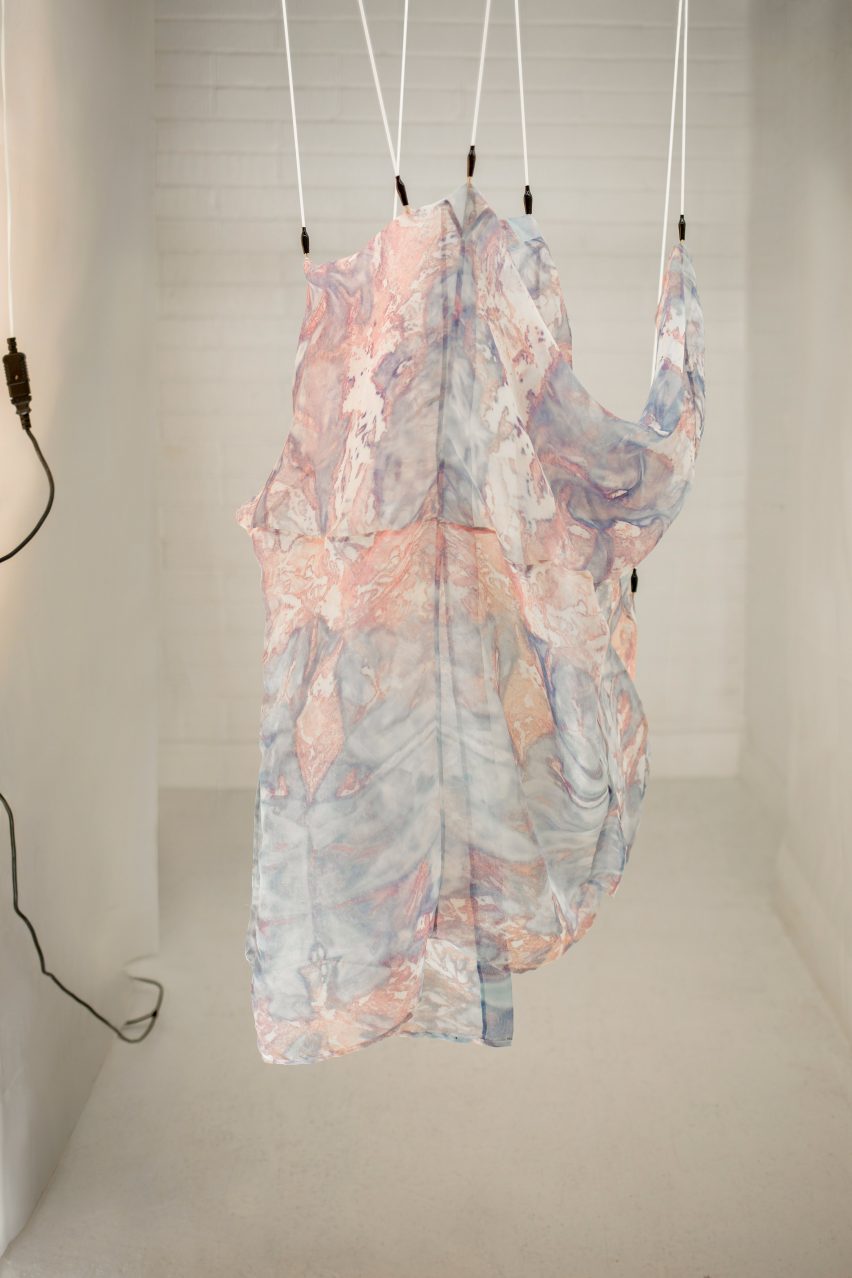
Streptomyces coelicolor
Project Coelicolor, a study by biodesign laboratory Faber Futures, looks at how a strain of soil-dwelling organism Streptomyces coelicolor can be used as a natural dye for textiles such as silk.
According to Solanki, "vivid pinks, blues, greens and yellows form organic abstract shapes" on the material.
"Imperfections in the pigmentation are the result of rogue bits of fungus mixing with the bacteria," she explained. "As the bacteria is a living pigment, little to no water is required in the application process. In contrast, chemical dyeing techniques involve significant quantities of water, with serious ecological implications."
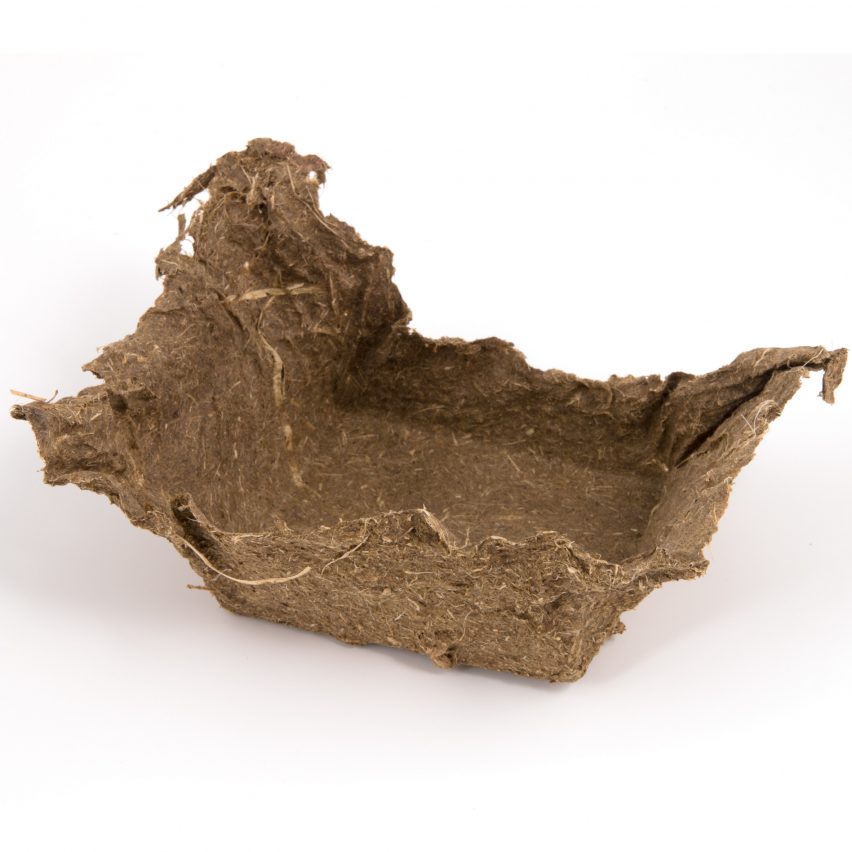
Lupin
Students from the Iceland Academy of the Arts in Reykjavík have been developing a sustainable substitute to fibreboard that is self-binding, chemical-free and biodegradable.
Solanki says it offers "an alternative solution for building, construction and product design, as well as for MDF that uses synthetic glues to bind the wood fibres together".
"The material is made from a plant source, requires no man-made additives and is completely self-binding," she said. "The plant has further positive properties as a material, as it has the ability to increase nitrogen in the soil, providing fertiliser for other plants."
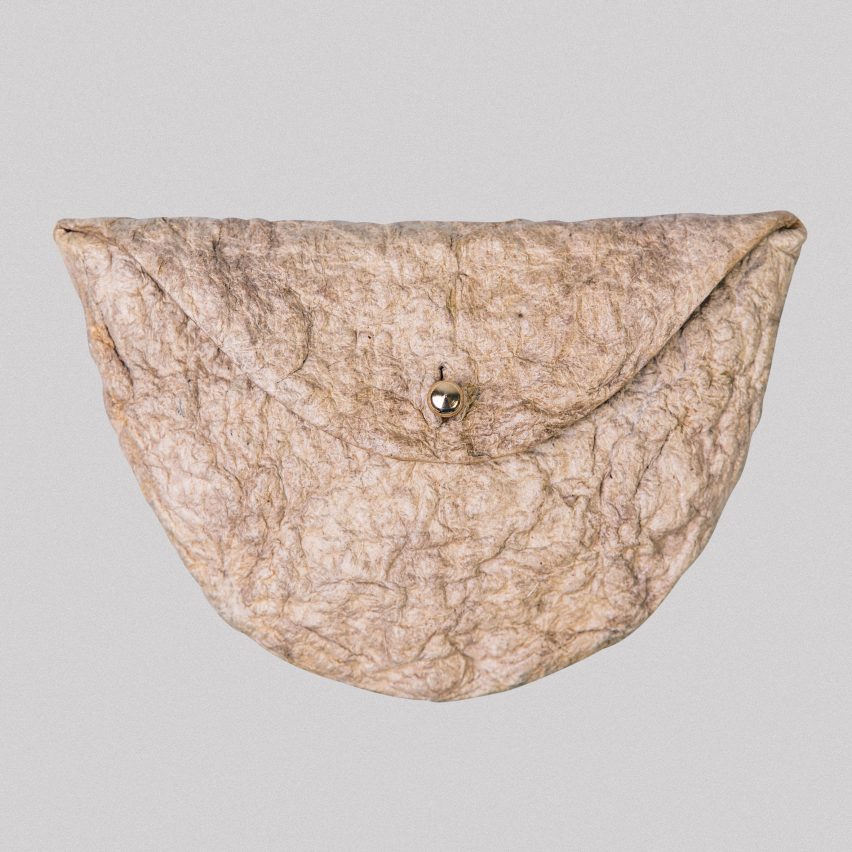
Coconut water
South India-based coconut farming facility Malai creates a leather-like material made using the bacteria naturally derived from coconut water.
"It offers a responsible alternative to animal-based leathers, as the bacterial cellulose material is totally biodegradable, water resistant and vegan," said Solanki.
"The bacteria naturally occurring in coconut water is placed in a humid environment, the mixture ferments and a layer of cellulose grows, multiplying over a period of 12 to 21 days into a jelly-like substance. The longer it is left, the thicker the material becomes, eventually coming to have a leather-like quality."
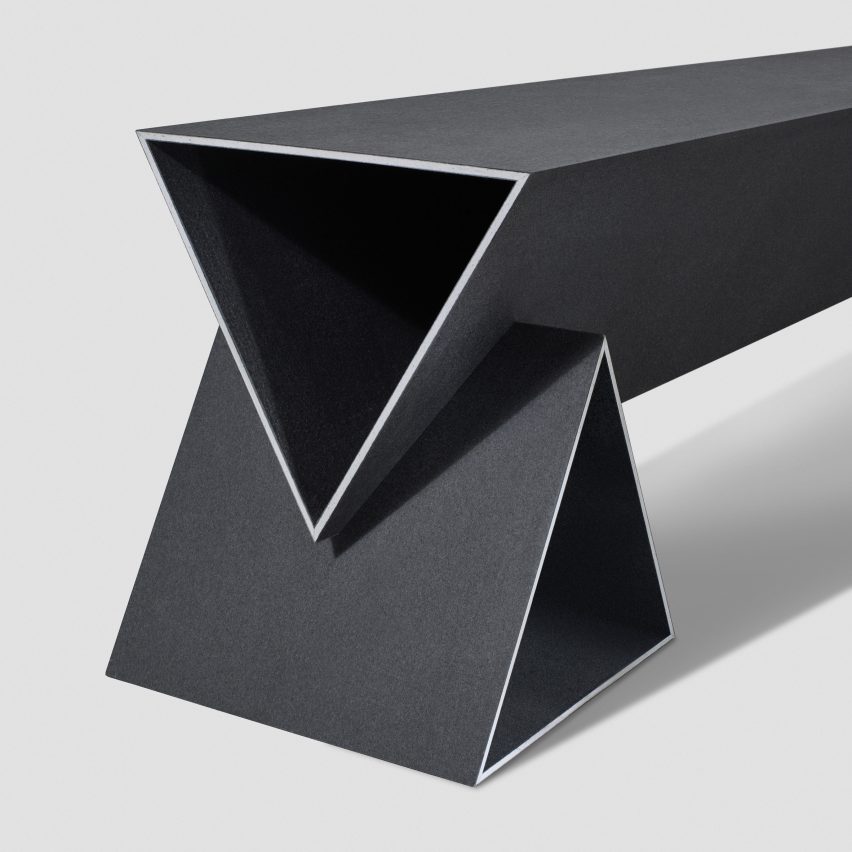
Raw cotton
Really is a company set up by Danish textile giant Kvadrat. It uses material offcuts to manufacture textile boards and felt, which offer a sustainable alternative to products used in furniture and interiors.
"The cotton comes from Danish industrial steam laundries and a large fabric recycler in Italy, while leftover wool fibres come from Kvadrat. These textiles are broken down and granulated into smaller fibres, which are pressed into hardboard in a process that binds the short fibres using steam machinery," said Solanki.
"Since both the recycling method and raw materials are widely available, this production process shows how a simple intervention can challenge designers and architects to rethink their use of resources."